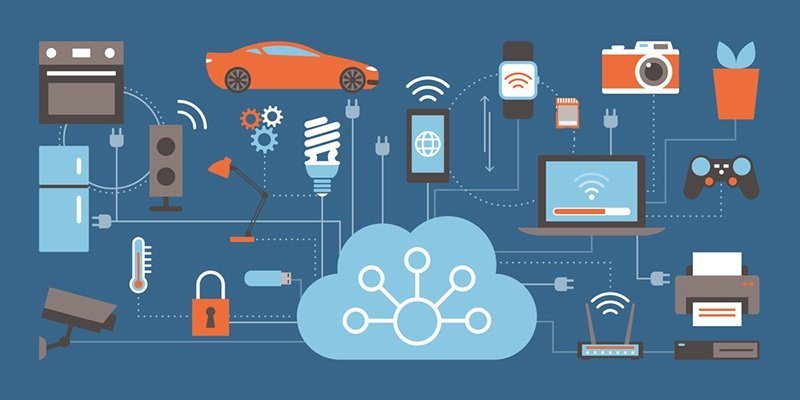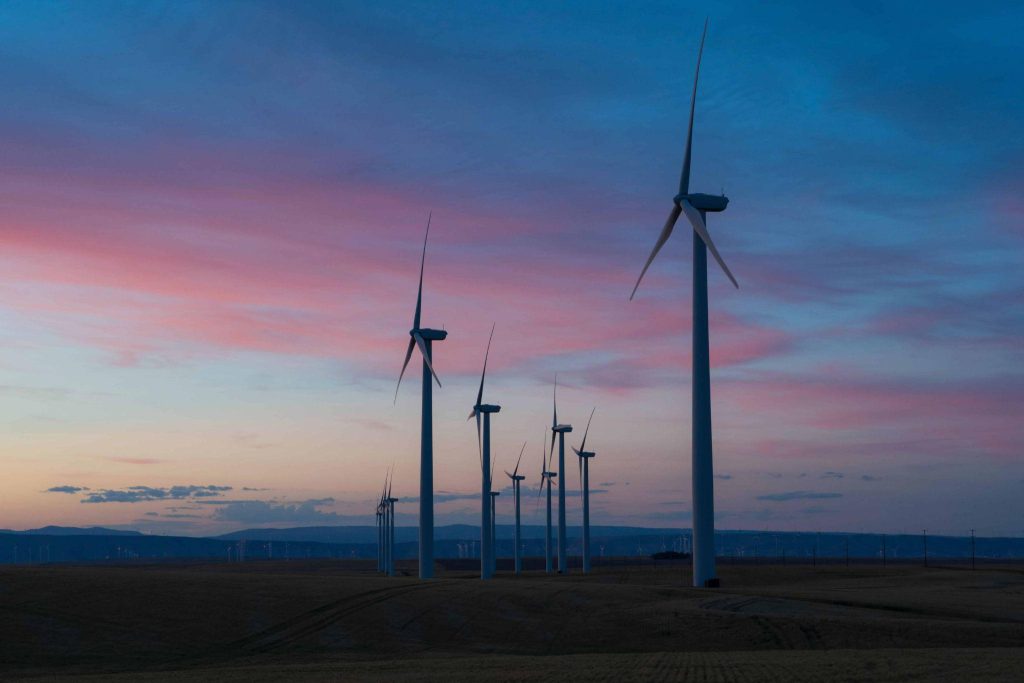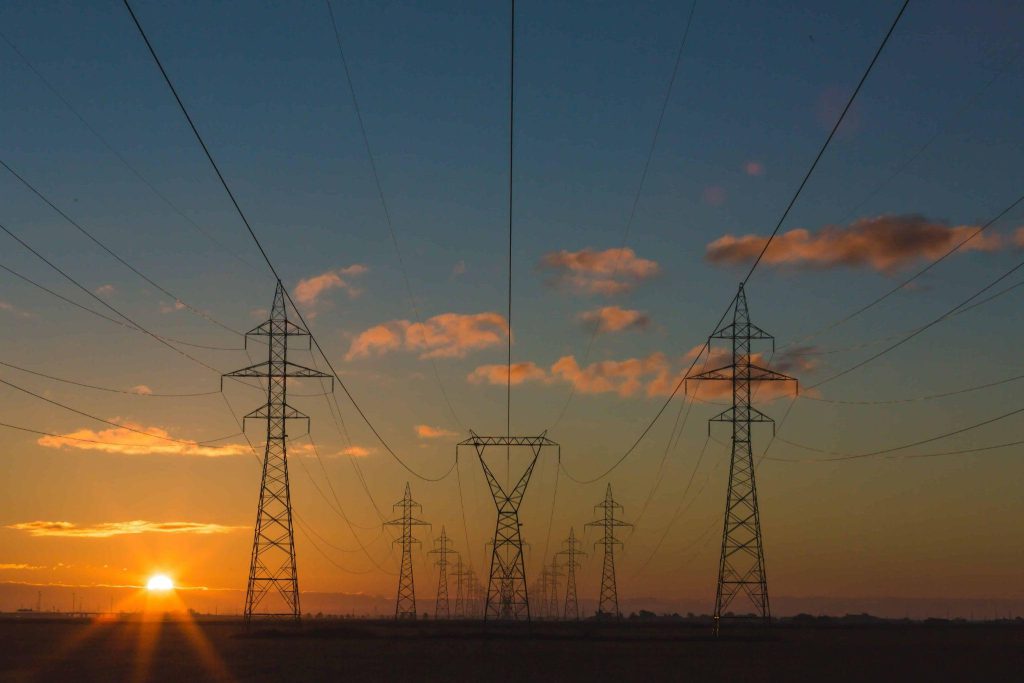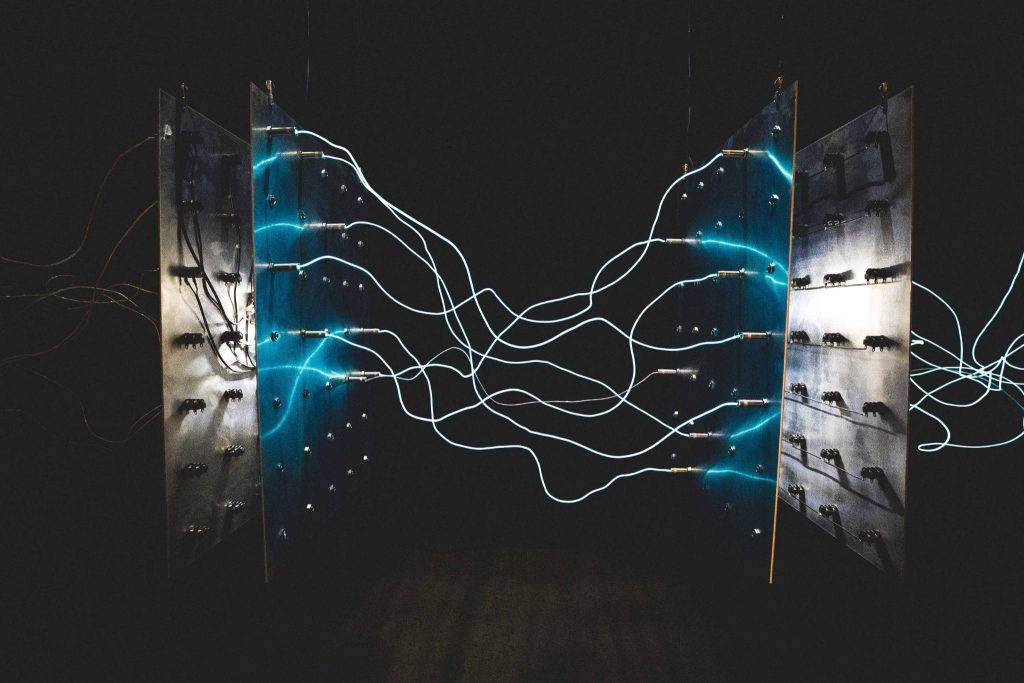The internet of things (IoT) is a term for the interconnectedness of physical objects and devices that can collect and exchange data. By connecting devices to the internet, we can create a network of systems that can relay information and control processes remotely. In the renewable energy sector, this could mean connecting wind turbines, solar panels and other devices to a central monitoring system that would allow for real-time data collection and analysis. This could help to improve the efficiency and performance of renewable energy installations.
Uses of IoT in the renewable energy sector
The internet of things is being applied in the renewable energy sector in a few different ways. One way is by using sensors to collect data about the performance of renewable energy installations. This data can be used to improve efficiency and performance.
Another way the IoT is being used in renewable energy is by connecting devices to the internet so that they can be controlled remotely. This allows for real-time monitoring and control of processes, which can improve the overall operation of a renewable energy installation.
Finally, the IoT is being used to connect renewable energy installations with other systems and services. For example, it can connect renewable energy sources to smart grids that allow for better optimization of electricity usage.
Also Read: How IoT Technology is Transforming the Waste Management Sector
Benefits of using IoT in renewable energy projects
The internet of things (IoT) is being applied in the renewable energy sector and to promote sustainable development in general to great effect. By connecting devices to the internet, we can create a network of systems that can relay information and control processes remotely.
In the renewable energy sector, this could mean connecting wind turbines, solar panels and other devices to a central monitoring system that would allow for real-time data collection and analysis. This could help to improve the efficiency and performance of renewable energy installations, and could lead to increased uptake of these technologies.
Some of the benefits of using the IoT in renewable energy projects include:
- improved efficiency and performance
- reduced costs
- better monitoring and control
- improved safety
- increased reliability
- reduced energy usage.
- more accurate forecasting of energy output.
By connecting devices to the internet, we can collect real-time data that can be used to optimize the performance of renewable energy installations. This could result in improved efficiency and lower costs, as well as better monitoring and control features that can help increase safety and reliability. Additionally, real-time data collection can help provide more accurate forecasting of energy output and allow for better decision-making in the renewable energy sector.
Top 5 applications of IoT in renewable energy sector
In the renewable energy sector, the internet of things (IoT) is being used in a number of different ways to improve efficiency and performance. Here are five of the top applications of the IoT in renewable energy:
1. More Efficient Use of Energy
One of the biggest applications of IoT in the energy sector is that it facilitates the optimization of renewable energy resources.
By placing smart monitors that automatically control the room temperature of a factory, hall, or even a room, energy consumers can optimize and potentially reduce the amount of energy that they consume.
Not only does this application save a ton of energy, but it’s also beneficial for organizations and corporations who wish to be more connected through the internet.
Even though the collective demand for energy is constantly increasing, it is not enough to counteract how much humans consume. Maybe an internet-based network of machinery in both commercial and industrial buildings will provide a solution. In addition, this would be a far more convenient way of saving energy and allocating it only where necessary.
2. Giving communities the power to create their own energy microgrids
In order to fully establish IoT in the energy sector, we must go beyond reducing our energy footprint. Smarter energy grids need to be put into place that can justify the power of IoT technology.
A smart grid is a network of electric circuits that support two-way communication and have self-diagnosing maintenance abilities. This would enable end users to become active participants in their consumption as they would receive feedback on how much leftover or unused energy they are producing.
However, what many people don’t know is that smart grids are way ahead of us right now. One of the most innovative applications of IoT in this field, smart grids are actually the future. Microgrids have been gaining popularity as of late too; they’re self-sufficient energy networks that either work in island mode or grid mode.
To understand this better, let’s use an example. Let’s say there’s a residential area with 10 houses that decides to develop into a decentralized microgrid where each house is connected to the main grid line. Now, these houses have solar panels on their roofs that produce energy for their own use. However, occasionally a house produces more energy than it actually consumes. This means that the leftover energy goes to waste. But in microgrids, this is not the case.
3. Predictive Systems for Disasters
Another major use of IoT in the energy sector is that it can be used to predict disasters and raise alarms. By using past data to develop predictive patterns and forecast manmade or natural disasters, the energy sector can place smart sensors that can regulate energy consumption, distribution, and management. Being an essential commodity of our lives, energy cannot be done away with. However, as past calamities have shown, if warning is received beforehand, energy management patterns can be regulated and blackouts averted.
The energy sector can gain many benefits from the implementation of IoT, one of them being the ability to predict disasters. This allows for not only better forecasting but also gives disaster management teams more time to prepare and warn those who are affected.
4. Smart Meters
IoT applications can also be used in the energy sector by bringing in smart meter technology. Smart meters can help one analyze the areas where the most energy is spent and how substantial conserving energy would be. By placing these IoT-enabled meters in houses and buildings, customers will receive a report of their consumption patterns.
Furthermore, it will also help them to detect deficiencies, and eventually, the smart meter technology will make the energy sector more efficient and transparent. In addition, smart meters support two-way communication between utility companies and consumers that automatically establishes a connection between these two entities.
To harness IoT in this sector, it is important for humans to understand how it can save on energy consumption and drive better conservation patterns.
5. Proactive Repair Mechanism
IoT technology has the ability to quickly identify any errors or issues in an energy circuit that could have previously gone unnoticed for months or even years. This is possible by monitoring and collecting data from various points along the vast networks of wires and energies that support consumption. By having access to this information, officials are able to address problems as they arise instead of after long periods of time.
A potential way that the IoT can help save energy is by installing a proactive repair mechanism that sends alarms to warn of any broken circuits or equipment in need of maintenance, which has been shown to greatly reduce sector costs.
Nowadays, smart circuits are quickly able to maintain themselves and notify workers of necessary repairs, as opposed to earlier versions where it could take weeks for anything to get fixed.
Other examples of how IoT can be used for clean energy generation
- Connecting wind turbines to a central monitoring system can help to improve performance and efficiency. By collecting data from wind turbines and analyzing it in real-time, we can make better decisions about how to operate them most effectively.
- Connecting solar panels to a central monitoring system can help to optimize energy output. By collecting data about how much energy each panel is producing, we can identify any underperforming panels and make adjustments to ensure that as much energy as possible is harvested from the sun.
- Connecting smart meters to a central monitoring system can help to improve billing accuracy and reduce costs. By collecting data about energy usage in real-time, we can more accurately bill customers for their usage, and identify areas where energy conservation measures can be implemented.
- Connecting heating, ventilation and air conditioning systems (HVAC) to a central monitoring system can help to optimize comfort and conserve energy. By collecting data about when people are most likely to need cooling or heating, we can adjust HVAC systems to meet demand without wasting energy unnecessarily.
- Connecting devices such as batteries and storage tanks to a central monitoring system can help improve reliability and reduce costs. By collecting data about how much power is being used and when, we can make better decisions about when and how much power needs to be stored in order to meet demand fluctuations.
Examples of where IoT is already in use
The IoT has already begun to be implemented in the renewable energy sector. In Germany, for example, a company called enworx has developed a system that uses IoT technology to connect wind turbines to a central monitoring system. This system allows for real-time data collection and analysis, which can help to improve the efficiency of wind turbine operations.
The IoT can also be used to monitor solar panels. A company called SmartThings has developed a system that connects solar panels to the internet and allows for real-time data collection and analysis. This system can help to optimize the performance of solar panels and improve their efficiency.
The IoT has the potential to revolutionize the renewable energy sector by helping to improve the efficiency of renewable energy installations. By connecting devices to the internet, we can create a network of systems that can relay information and control processes remotely. This could help to make renewable
How can we further develop the use of IoT in renewables?
The internet of things (IoT) is being applied in the renewable energy sector to great effect, but there is still potential for further development. Here are five ways that we can further develop the use of the IoT in renewables:
- Developing systems that can better integrate data from different devices. By connecting wind turbines, solar panels and other devices to a central monitoring system, we can create a more comprehensive picture of how a renewable energy installation is performing.
- Developing systems that can automatically make adjustments based on real-time data. By collecting data from devices and analyzing it in real-time, we can develop systems that can automatically adjust how devices are operated in order to improve efficiency and performance.
- Developing systems that can predict how much energy a renewable energy installation will produce. By collecting data about past performance and analyzing it using machine learning algorithms, we can develop systems that can predict how much energy a renewable energy installation will produce in the future.
- Developing systems that can optimize how energy is used. By collecting data about where and when energy is being used, we can develop systems that can optimize how it is used in order to reduce costs and conserve resources.
- Developing standards for communicating with and controlling devices using the IoT. By developing standards for how devices should communicate with each other and be controlled using the IoT, we can make it easier for developers to create systems that integrate multiple devices into a single network.





7 thoughts on “Top 5 Uses of IoT in Renewable Energy Sector”